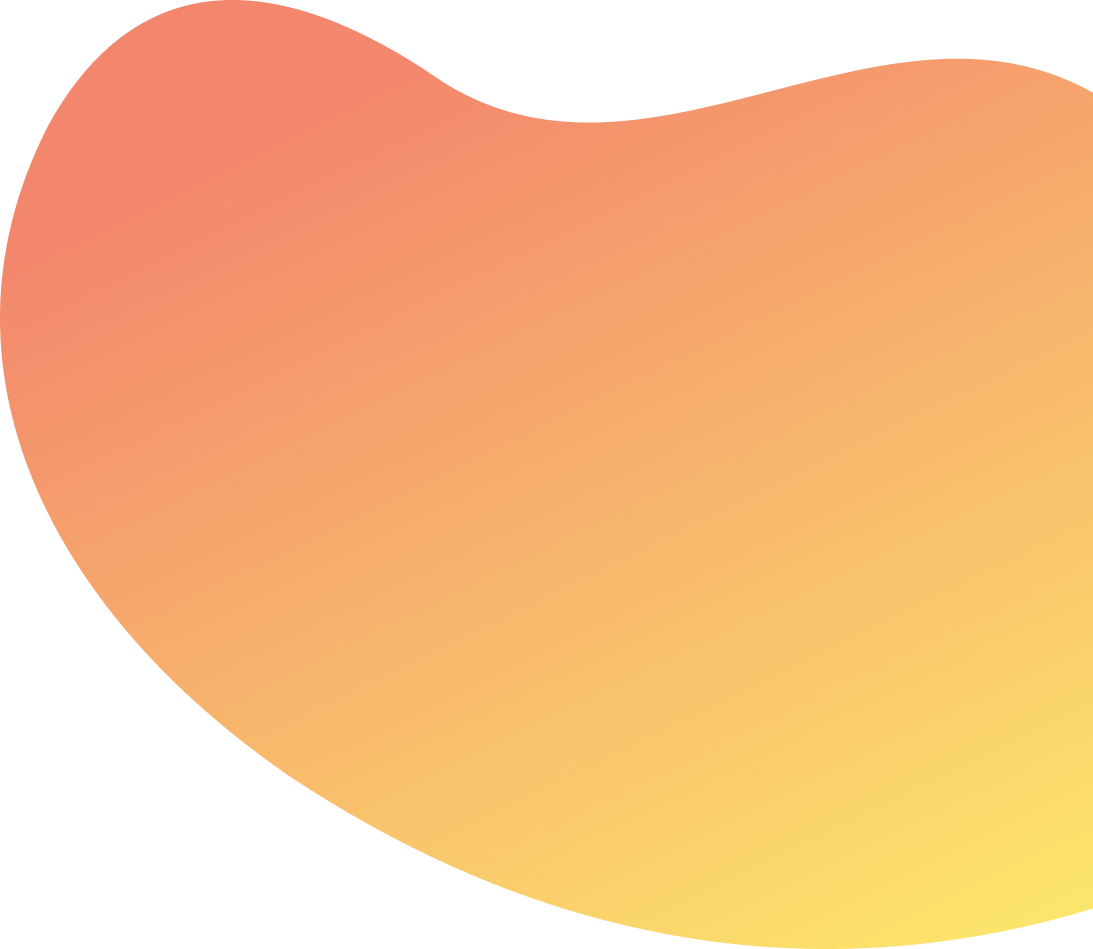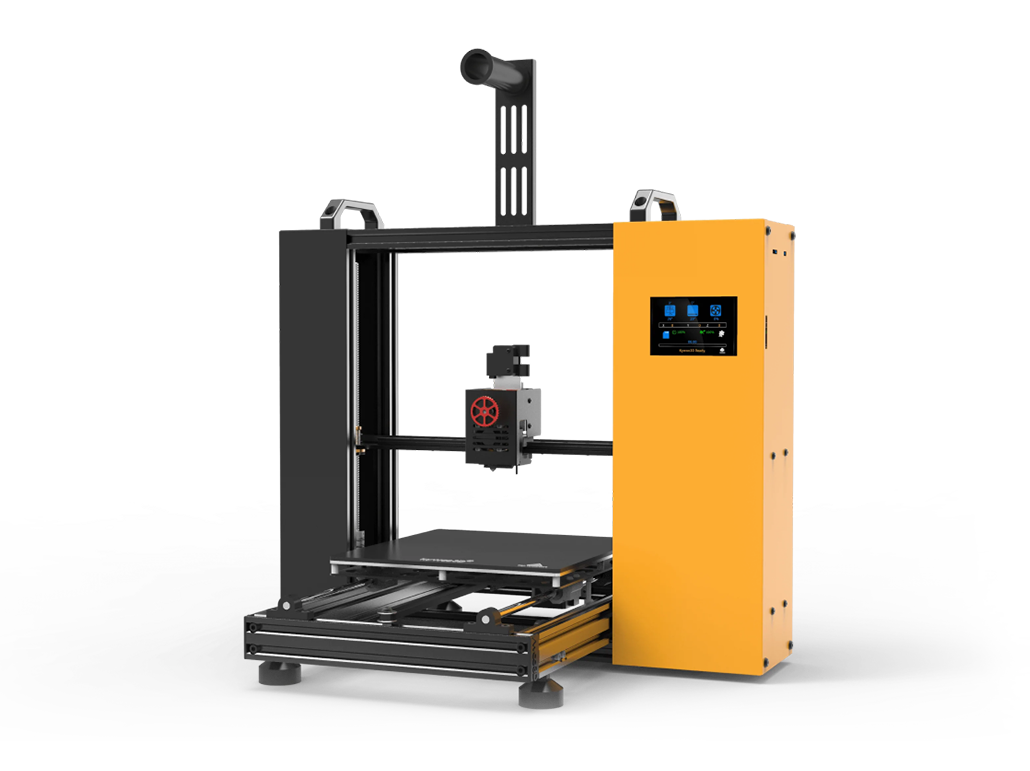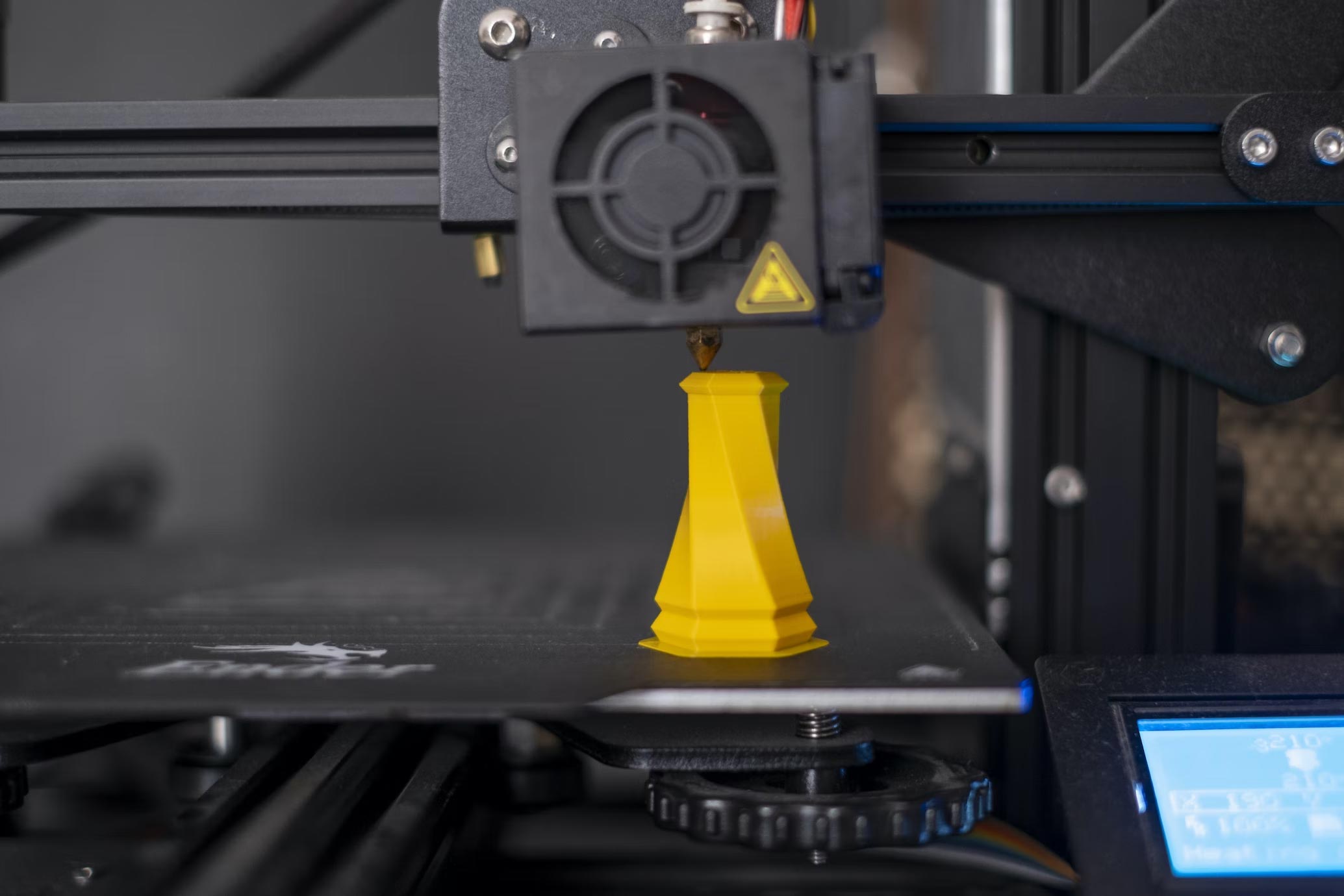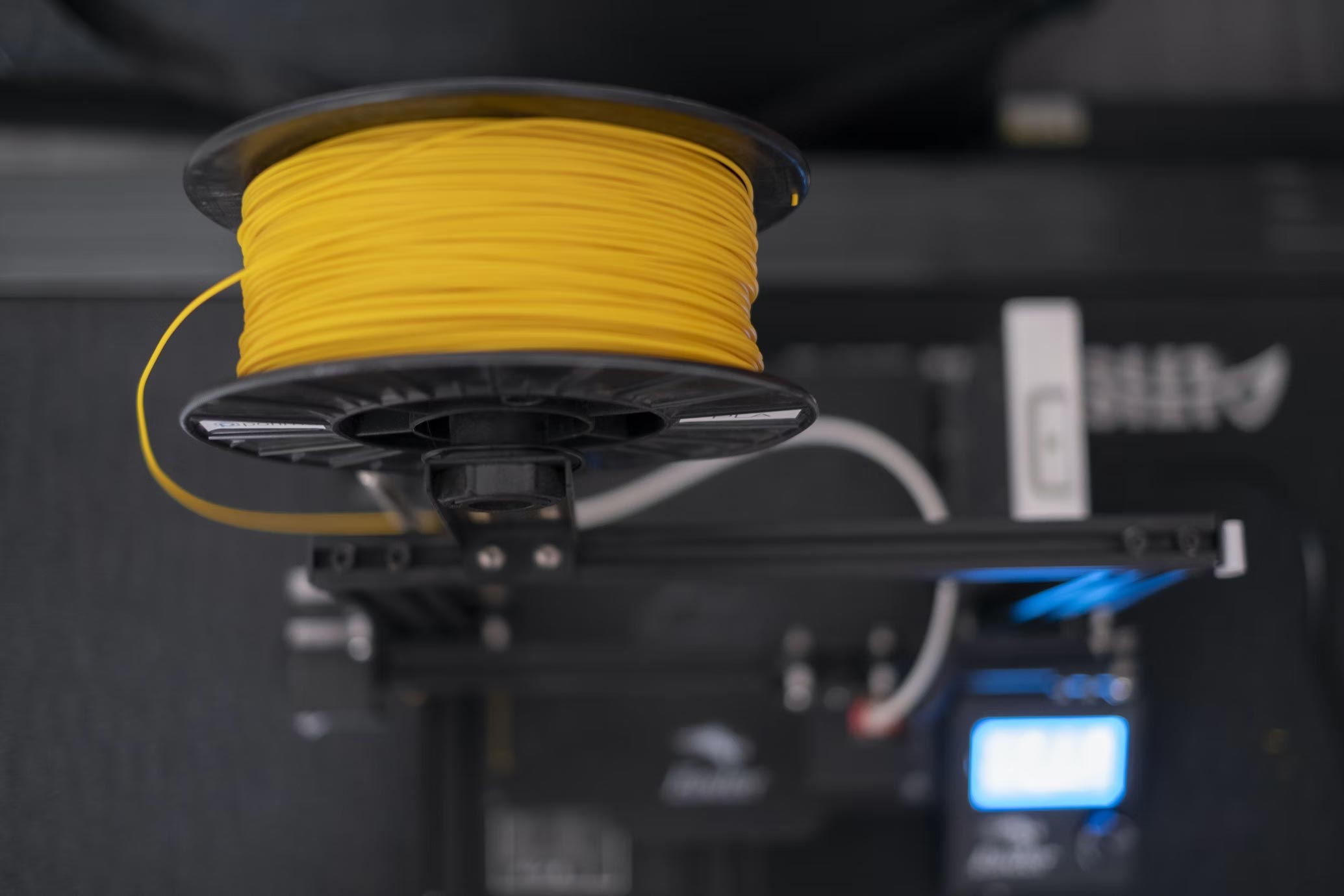

3D Printing
FDM is Fused Deposition Modeling. AS the name suggests material will be deposited on layers at melting temperatures so that it can fuse with the previous layer of the material. This type of manufacturing is known as Additive Manufacturing(AM). FDM constructs a part by precisely moving the extruder nozzle in predetermined motion. Materials used in this manufacturing method are called Thermoplastic polymers.
This technology was first developed by Stratasys founder Scott Crump in 1989. It is unbelievable that this technology was around for multiple decades but has only made it to mainstream manufacturing since the last 5-7 years.







